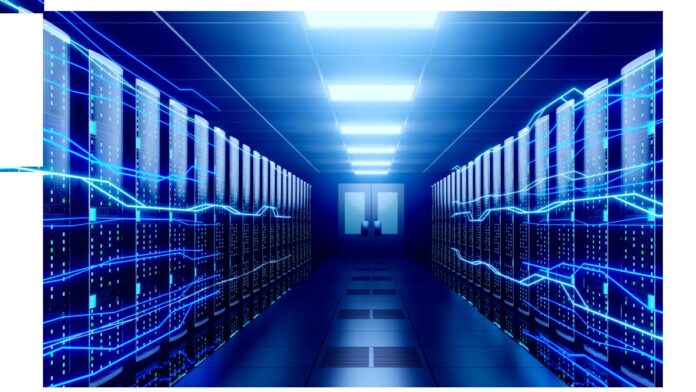The firm’s CEO Marck Zuckerberg referenced a report by SemiAnalysis, which suggests Meta is on track to be the first organization to bring a 1 GW+ AI supercluster online
In sum – what to know:
Meta’s AI ambitions scale up – CEO Mark Zuckerberg said the company will invest “hundreds of billions” in compute infrastructure to support its push toward artificial super intelligence.
Massive hyperscale plans – Meta is building several multi-GW data center clusters, including Prometheus (1 GW+, Ohio) and Hyperion (targeting 5 GW, Louisiana), with new designs for speed and scale.
Unmatched AI spending – Meta’s AI capex will reach $60–65 billion this year, nearly double from 2024, positioning it ahead of rivals in the race for large-scale AI infrastructure.
Meta plans to invest “hundreds of billions of dollars” in data center infrastructure to support its growing AI ambitions, according to CEO Mark Zuckerberg.
The company is accelerating spending on talent and compute infrastructure as it builds a dedicated team in the field of artificial super intelligence.
Artificial super intelligence (ASI) is a hypothetical software-based artificial intelligence (AI) system with an intellectual scope beyond human intelligence. At the most fundamental level, superintelligent AI would have cutting-edge cognitive functions and highly developed thinking skills more advanced than any human.
“For our superintelligence effort, I’m focused on building the most elite and talent-dense team in the industry,” Zuckerberg said on Threads. “We’re also going to invest hundreds of billions of dollars into compute to build super intelligence. We have the capital from our business to do this.”
In January, Meta said it planned to spend $60–65 billion in AI-related capital expenditures this year — up from $35–40 billion in 2024.
Zuckerberg also referenced a report by SemiAnalysis, which suggests Meta is on track to be the first organization to bring a 1 GW+ AI supercluster online.
“We’re actually building several multi-GW clusters,” he added. “We’re calling the first one Prometheus and it’s coming online in ’26. We’re also building Hyperion, which will be able to scale up to 5GW over several years. We’re building multiple more titan clusters as well. Just one of these covers a significant part of the footprint of Manhattan.”
The Prometheus data center project in Ohio will rely on gas turbines and features a new design optimized for rapid deployment, according to a report from SemiAnalysis.
Meanwhile, the company is also working on a separate $10 billion data center project in Richland Parish, northeastern Louisiana, known as Hyperion. Initially announced last year, the facility is planned as a four-million-square-foot campus and is expected to be fully completed by 2030.
By the end of 2027, Hyperion could reach up to 1.5 GW of IT capacity, according to previous reports.
Japanese conglomerate SoftBank Group is also expecting to play a dominant role in the next frontier of artificial intelligence development.
The group’s CEO Masayoshi Son recently told shareholders at the company’s annual meeting that SoftBank intends to become the world’s leading platform provider for what he described as “artificial super intelligence” within the next decade.
“We want to become the organizer of the industry in the artificial super intelligence era,” Son reportedly said.
Son compared the opportunity in superintelligent AI to the “winner takes all” effect seen in other tech sectors over the past two decades. He pointed to how Microsoft, Amazon and Google have dominated personal computing software, e-commerce, and online search respectively.
Earlier this month, in a separate investor briefing, the executive said SoftBank is investing in a strategic structure centered on OpenAI and Arm to move towards artificial super intelligence.
SoftBank and OpenAI — along with Oracle, Microsoft, Arm, Nvidia and technology investor MGX — are involved with the Stargate project supported by President Donald Trump.

